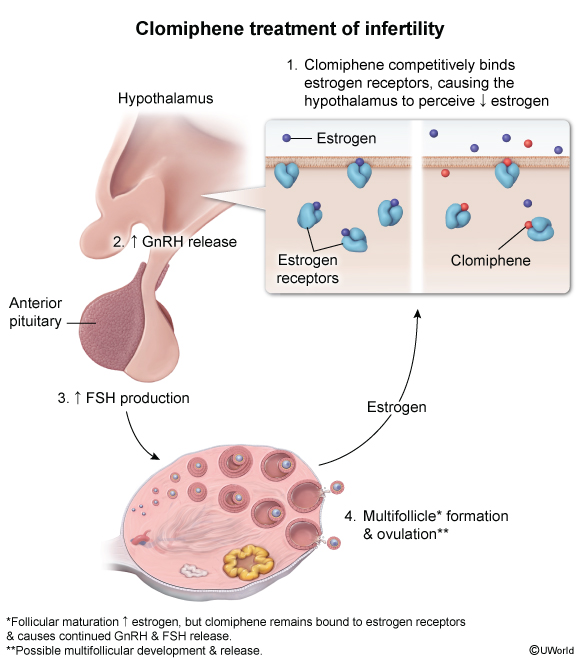Selective Estrogen Receptor Modulators (SERMs)
Article Sections
Introduction
Selective estrogen receptor modulators (SERMs) are a class of compounds that act on the estrogen receptor (ER) with a unique mechanism: They exhibit tissue-specific estrogen agonist or antagonist activity. Therefore, SERMs can mimic estrogen in some tissues (eg, bone) while blocking its action in others (eg, breast, endometrium). This dual nature allows SERMs to be used in the treatment and prevention of various conditions related to estrogen activity.
Mechanism of action
SERMs are nonsteroidal compounds that bind to estrogen receptors (ERα and ERβ) and induce a conformational change in the receptor. This change affects the recruitment of coactivators or corepressors, leading to either activation or inhibition of gene transcription (ie, agonist or antagonist activity). The different expression of cofactors across tissues largely explains the tissue-specific effects of SERMs.
Continue Learning with UWorld
Get the full Selective Estrogen Receptor Modulators (SERMs) article plus rich visuals, real-world cases, and in-depth insights from medical experts, all available through the UWorld Medical Library.
Figures
